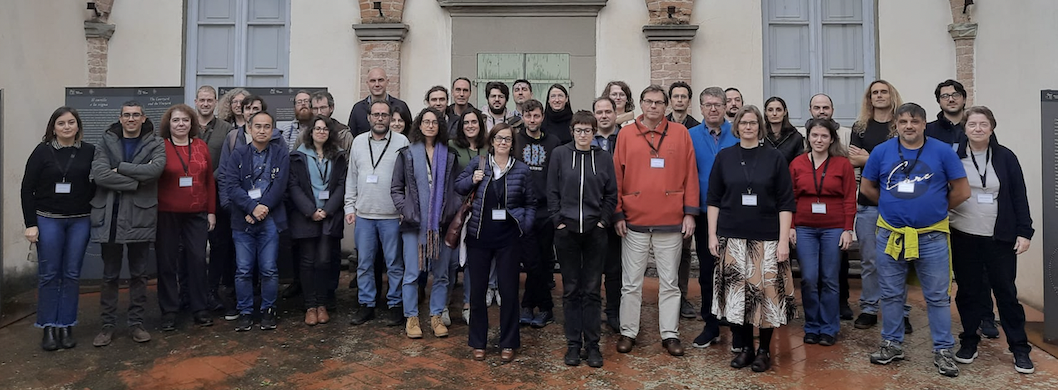Speaker
Description
The wealth and homogeneity of Gaia data have allowed the discovery of several open clusters with signs of disruption.
We do a morphological, kinematic and chemical analysis of the disrupting cluster UBC 274 (2.5 Gyr, d = 1778 pc), with the objective of studying its global properties.
A new membership study up to 50 pc from its center and un to magnitude G=19 using GaiaEDR3 data, shows that the cluster has a highly eccentric (0.93) component, tilted 10 deg with respect to the plane of the Galaxy, which is morphologically compatible with the result of a test-particle simulation of a disrupting cluster.
We find a significant sign of mass segregation where the most massive stars appear 1.5 times more concentrated than other stars.
We obtained high resolution and high signal-to-noise spectra of 6 giants and subgiants. Our abundance analysis shows that the cluster has a slightly subsolar metallicity of [Fe=H] = -0.08\pm0.02. Its chemical pattern is compatible with that of Ruprecht 147, of similar age but located closer to the Sun, with the remarkable exception of neutron-capture elements which present an overabundance.

